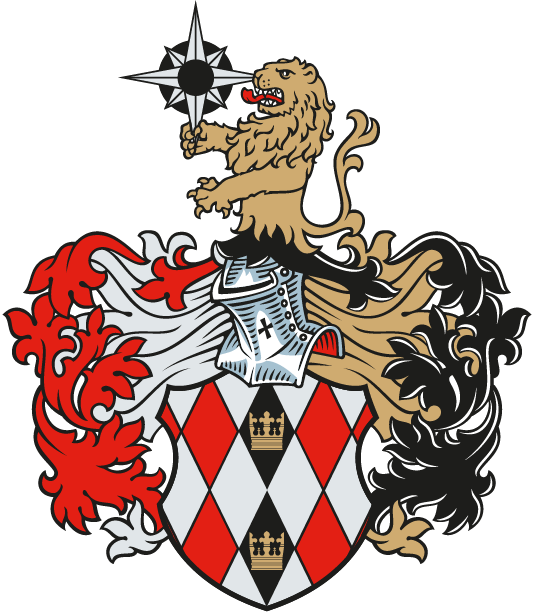

On the sun-scorched slopes of Jebel Faya, a groundbreaking discovery is rewriting human history: stone tools dating back 80,000 years. These are the oldest known signs of human presence on the Arabian Peninsula – pushing back the timeline of early migration out of Africa and placing Sharjah at the heart of a story as old as humanity itself.
The desert is still. Only the soft crunch of boots on gravel breaks the silence. Under the craggy cliffs of Jebel Faya, a team of archaeologists crouches in the heat, eyes fixed on the earth. A brush sweeps gently over stone. Then – a glint. A flake of worked flint, sharp-edged, unmistakably human-made. It’s older than anyone expected. Much older.
“This changes everything,” says Dr. Knut Bretzke, archaeologist at the University of Tübingen and co-lead of the dig. The team has uncovered stone tools dating back 80,000 years – the oldest known evidence of Homo sapiens on the Arabian Peninsula. The tools include scrapers, blades, and points, crafted from flint and quartzite, buried deep in sediment layers that date back nearly to the dawn of modern humans.
It’s a discovery with global implications. Until now, scientists believed humans left Africa roughly 60,000 years ago via the Levant. But this find suggests an earlier, alternate route – across the Horn of Africa and through Arabia. A green Arabia, possibly, during a period of humid climate that turned desert into savannah.
The Jebel Faya tools add a new chapter to the story of human migration. They point to a longer, more complex journey – one that includes failed attempts, climate-driven detours, and surprising resilience.
“We’re not looking at a brief stopover,” explains Dr. Bretzke. “The artifact density suggests people lived here, not just passed through.” That means Arabia wasn’t just a corridor – it was a home. A place where early humans hunted, crafted, organized – and perhaps even dreamed.
The team used luminescence dating to determine the age of the sediment layers. Advanced GIS mapping, drone surveys, and 3D analysis helped piece together the ancient landscape. The project is a collaboration between German, Emirati, and British institutions – a fusion of science, history, and international vision.
“Each tool is a story,” says Bretzke. “And together, they tell us that early Homo sapiens were more mobile, more adaptive, and more widespread than we ever thought.”
Jebel Faya has long been known to archaeologists, but the latest discoveries elevate its status to one of the most significant prehistoric sites in the region. The tools are humble in size but monumental in meaning – tiny echoes of some of the first footsteps on the Arabian soil.
For Sharjah, this is more than a scientific milestone – it's a cultural asset. Supported by the local government, the excavation highlights the emirate’s commitment to heritage and education. And it could open the door to something more.
With its growing reputation as an archaeological hub, Sharjah could attract new waves of visitors and investors. Opportunities include:
For real estate developers and investors, the time is ripe to explore cultural-driven projects in Sharjah’s expanding knowledge and tourism sectors.
